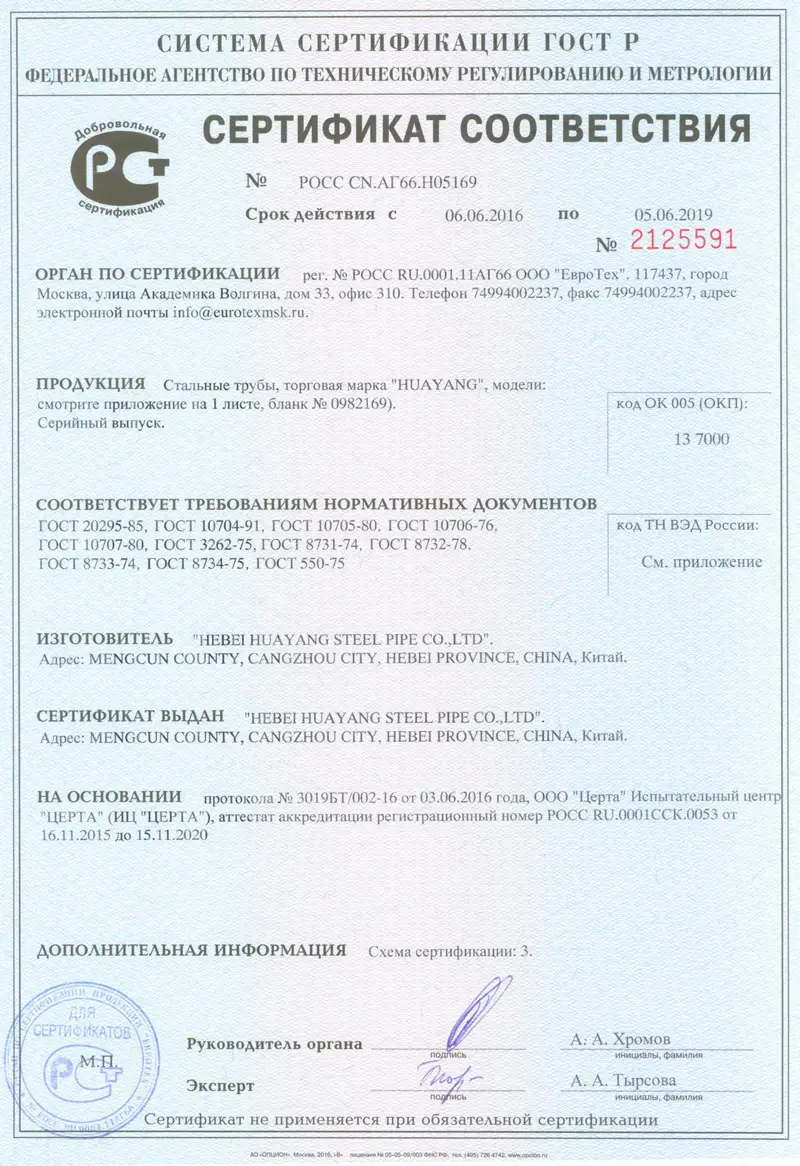
Dek . 23, 2024 23:12 Back to list
redispersible polymer powder hs code
Understanding Redispersible Polymer Powder and Its HS Code
Redispersible polymer powders (RPPs) have gained significant popularity in various industries due to their versatility and performance enhancements. These fine powders are created from emulsions and are designed for easy re-dispersion in water, making them essential additives in construction materials, adhesives, and coatings. In this article, we will delve into what redispersible polymer powders are, their applications, and the significance of their Harmonized System (HS) code.
What Are Redispersible Polymer Powders?
Redispersible polymer powders are used to modify the properties of construction materials, such as cement-based products. They are produced by drying polymer emulsions into a powder form, which can then be mixed with dry ingredients. When water is added, these powders quickly re-dissolve, providing the same beneficial properties as the original emulsion. These properties include improved adhesion, flexibility, water retention, and impact resistance.
RPPs are typically made from various types of polymers, including vinyl acetate, ethylene-vinyl acetate, and styrene-acrylic, each imparting unique characteristics to the final product. Their ability to enhance binder performance is particularly crucial in applications such as tile adhesives, patching compounds, and stuccos.
Applications of Redispersible Polymer Powders
The applications of redispersible polymer powders are extensive and span across several sectors
1. Construction Industry In the construction industry, RPPs are widely used to improve the performance of mortars, plasters, and putties. They offer enhanced workability and adhesion properties, making them ideal for flooring and wall applications.
2. Adhesives Redispersible polymer powders are critical in formulating adhesives, providing better bonding and flexibility in various substrates. They enable the production of high-performance adhesives that can withstand harsh environmental conditions.
redispersible polymer powder hs code

3. Coatings In coatings, RPPs help achieve desired finish qualities, durability, and resistance to weathering. They are commonly used in exterior and interior wall paints for their water resistance and film-forming properties.
4. Textiles The textile industry utilizes RPPs in coatings and finishes that require water resistance and durability without compromising the fabric’s flexibility.
5. Paper In the paper industry, redispersible polymer powders are used to enhance printability and gloss properties.
Significance of HS Code for RPPs
The Harmonized System (HS) Code is a standardized numerical method of classifying traded products. Each category of goods has a unique code that helps in the taxation and regulation of international trade. For redispersible polymer powders, the HS Code typically falls under Chapter 39, which deals with plastics and articles thereof.
The specific HS Code for RPPs can vary depending on the polymer composition and intended use. Understanding the correct HS Code is crucial for manufacturers and importers, as it impacts tariffs, trade regulations, and market access. Proper classification ensures compliance with international trade laws and can affect the overall cost of goods.
In addition, the HS Code provides valuable data regarding trade volumes, market trends, and pricing, allowing businesses to make informed decisions in their strategies.
Conclusion
Redispersible polymer powders are essential components in many industries due to their ability to enhance the performance of various materials. Understanding their applications, along with the importance of their HS Code, is crucial for businesses involved in international trade. As global demand for high-performance materials continues to rise, the role of RPPs in enhancing product quality and functionality is set to grow, reinforcing their significance in modern manufacturing processes. By staying informed about product classifications and trade regulations, companies can better navigate the complexities of the global market.
-
Versatile Hpmc Uses in Different Industries
NewsJun.19,2025
-
Redispersible Powder's Role in Enhancing Durability of Construction Products
NewsJun.19,2025
-
Hydroxyethyl Cellulose Applications Driving Green Industrial Processes
NewsJun.19,2025
-
Exploring Different Redispersible Polymer Powder
NewsJun.19,2025
-
Choosing the Right Mortar Bonding Agent
NewsJun.19,2025
-
Applications and Significance of China Hpmc in Modern Industries
NewsJun.19,2025







